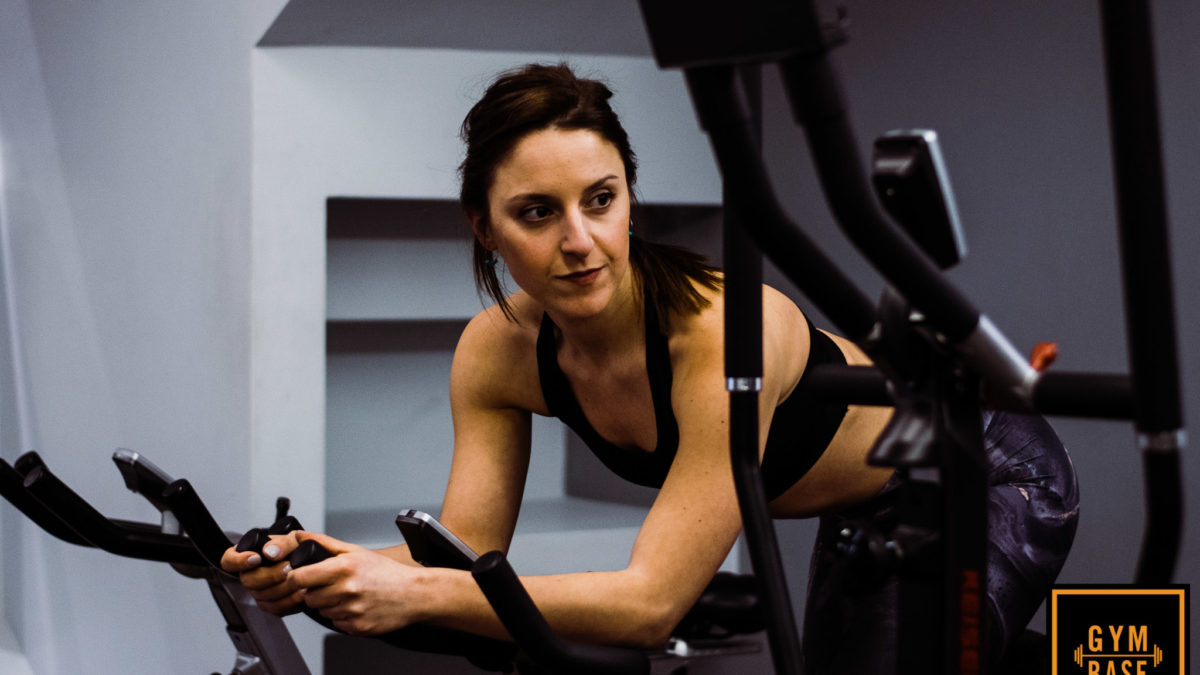Training Adaptations of Aerobic Exercise on a Regular Basis to the Cardiopulmonary System
The benefits of the aerobic exercise are pretty much known to everyone. In this section we will analyze what the aerobic training offers to the various biological factors of the human body. First of all, we should mention that these adaptations are multidimensional and are divided into Central, Peripheral and Hormonal-Metabolic. By the term Central we refer to the adaptations taking place in the cardiovascular system of the human body, with the term peripheral to the adaptations of the vascular and muscular system, while with the term hormonal – metabolic in the various metabolic and hormonal adaptations of the aerobic exercise.
When aerobic exercise is performed on a regular basis, the maximum heart rate of the trainee increases and might be higher than the normal rate for his/her age. A typical example occurs by the results from a related assessment which showed that marathon runners aged 30 years had M.H.R. from 220-230, while according to their age it would be 190. At the same time, although the M.H.R. of the trainees performing aerobic training on a regular basis is increased, their resting heart rate is significantly lower.
For example, there have been reported cardiac resting frequencies in marathon runners of 30-40 beats per minute, while in those who have not performed aerobic training 50 beats minute.
As a result, aerobic training on a regular basis prevents and repairs various heart disease and the trainees do not need to increase their heart rate during the exercise. For this reason, aerobically trained individuals have a significantly lower heart rate when conducting a test than their heart rate at the corresponding intensity when performing the same test before starting aerobic training, adaptation which allows them to save power and energy so that they can carry out longer duration and intensity aerobic exercise or race. This significant decrease is partly due to the increase in the pulse volume which feeds the heart with more blood in each beat, so it does not have to be contracted continuously, thus increasing their heart rate. Therefore, the Frank-Starling relationship is increased (the stroke volume of the heart increases in response to an increase in the volume of blood filling the heart, i.e. the end diastolic volume, when all other factors remain constant. In other words, the volume of blood ejected by the ventricle is determined by the end-diastolic volume which correlates with venous return. )
Another factor contributing to this adaptation is that aerobic exercise on a regular basis improves the blood flow to the various organs, and especially to the muscles, by improving the autonomic nervous system and the functioning of their vessels and smooth muscles and by Angiogenesis.
At the same time, this kind of exercise provides a much better course of heart rate and oxygen debt recovery after the end of the exercise. Therefore, a trainee can gain many positive adjustments, which are mainly found in the better economy, function and performance of his/her cardiac system.




